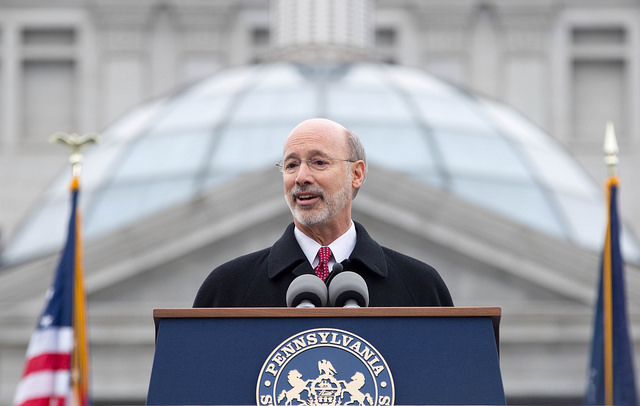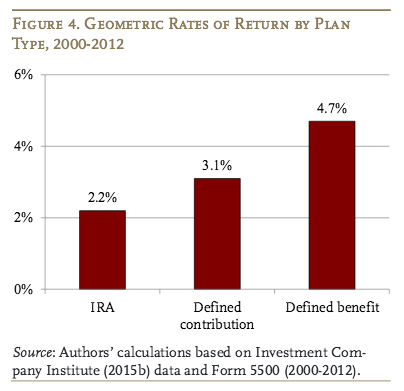CalPERS’ de-risking strategy is a long-term proposition, and still leaves the fund vulnerable in the short-term, according to a new Moody’s report.
But the shift in investment policy is still an overall credit positive for the pension fund, according to the report.
More from Moody’s:
CalPERS is trying to reduce the volatility of its returns, as aging demographics increase the risk to participating governments of any adverse investment performance. To achieve this goal, the pension fund intends to gradually lower the discount rate that it uses to value its liabilities, and invest in less risky assets to reduce its exposure to market volatility.
However, this process will take years to fully implement, and a sharp fall in CalPERS’ asset performance could impact participating government fiscal positions, according to the report, “Higher For Longer – California Pension Cost To Remain Elevated Under CalPERS’ Risk Reduction Plan.”
“Government exposure to pension asset investment earnings declines grows as the CalPERS plan demographics mature,” said Tom Aaron, an Assistant Vice President at Moody’s Investors Service. “Fiscal conditions for California and participating local governments remain highly susceptible to CalPERS’ asset investment performance, even under the new policy.”
CalPERS’ move to less volatile assets does have a positive credit impact on the state and participating local governments. However, the pension plan’s associated changes in discount rates do not impact Moody’s adjusted net pension liabilities for these governments, since we use a discount rate tied to a bond index as of the plan’s measurement date.
Read the full report here [subscribers only].
Photo jjMustang_79 via Flickr CC License









